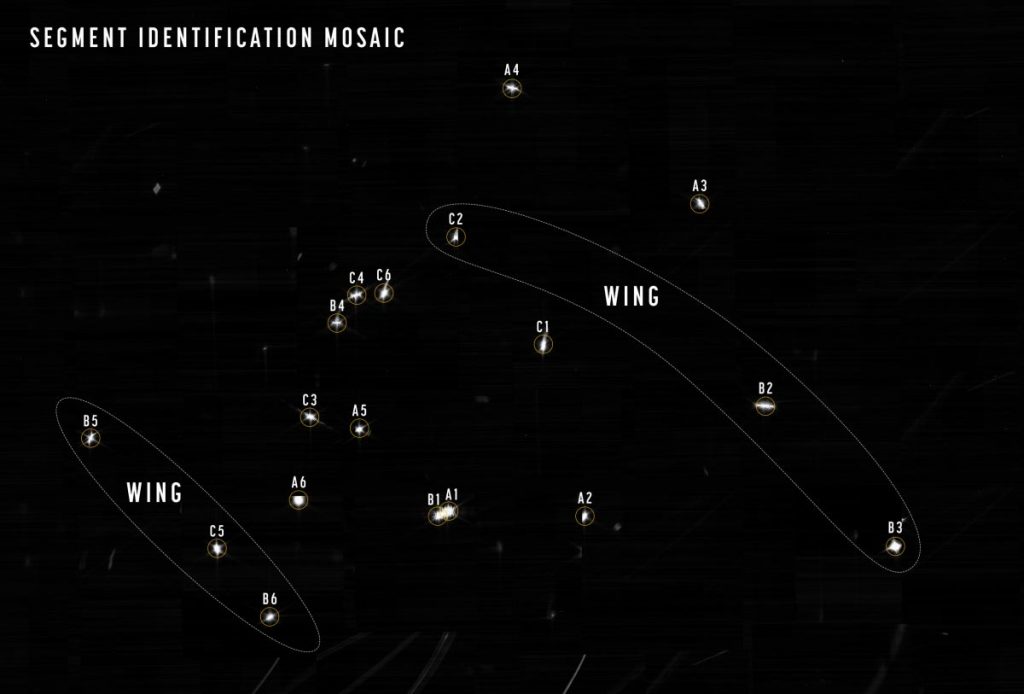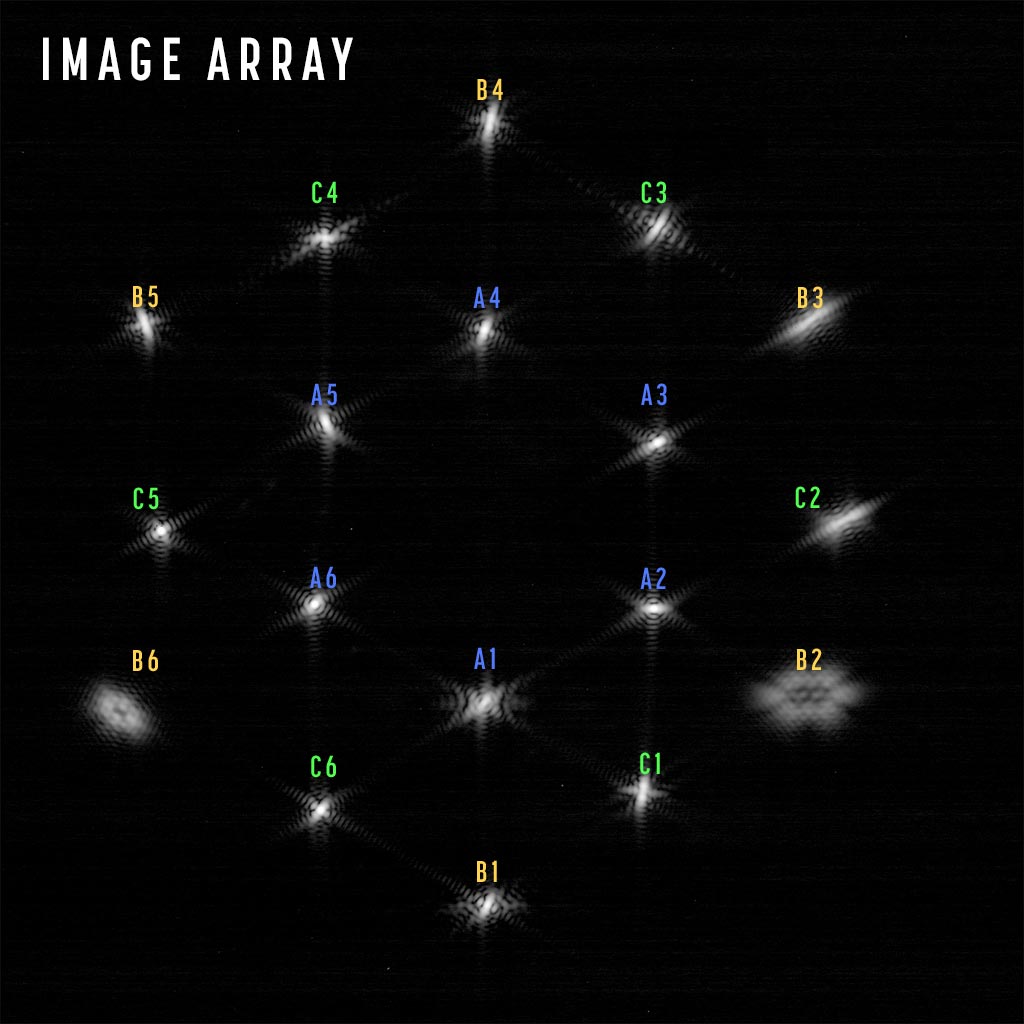On 25 December 2021, NASA launched the most powerful James Webb space telescope in space. They have been working on it for the last 25 years and, now the distance between the earth and the telescope is 15 lakh kilometers. But, this journey of 25 years is not as easy as it appears.
The first major stage is finished by the Webb, which is the long process of lining up the observatory’s 18-segmented primary mirror. A separate star that the observatory seemed was intentionally tried 18-times into a hexagonal shape.
On 18 Feb, Friday NASA’s authorities update 18 images that the Webb captured of the same star. Those 18 spots helped them to confirm that each of Webb’s mirror segments can see starlight. They arranged those dots into a primary mirror shape.
Read: Witness first ever Images from James Webb Space Telescope: NASA Unveiled Online


Now, the result defines a star that is exactly renewed in a hexagonal pattern that resembles a galactic snowflake. This tweet from NASA confirmed that their mission was a success. “Last week, 18 spots helped confirm that each of Webb’s mirror segments can see starlight.” NASA stated in their tweet through an image of the hexagonal arrangement on 18 Feb. According to NASA’s post about the telescope, the authorities began with the second phase known as “segment alignment” as the image array has been completed.
“They steered the segments dots into this array so that they have the same relative location as the physical mirrors,” stated Mathew Lallo, systems scientist and telescopes branch manager at the space telescope science institute in the update.
Also read: What’s the next move of NASA’s James Webb space telescope?
In the second phase, “segment-alignment”, the team will fix the positioning errors of the mirror segments and update the secondary’s mirror alignment that will make each dot of starlight more focused. After finishing the segment alignment, the team will move on to the image stacking- the third phase that will stack the 18 spots of light on top of one another.